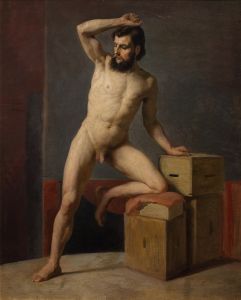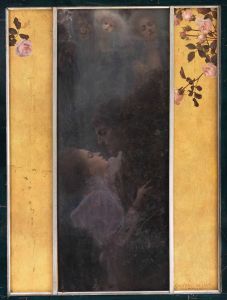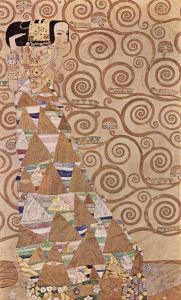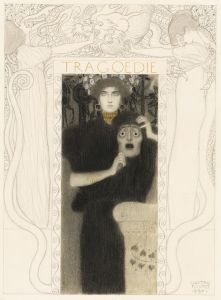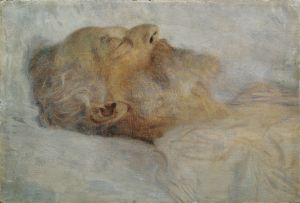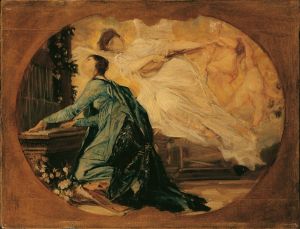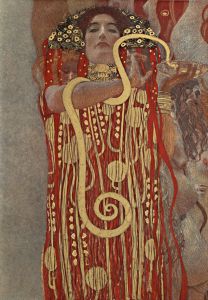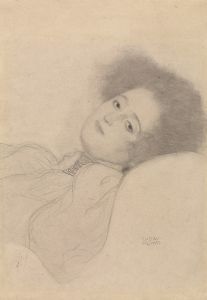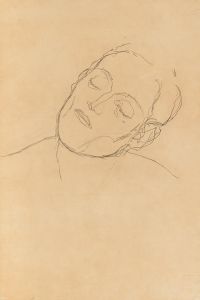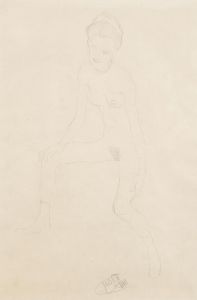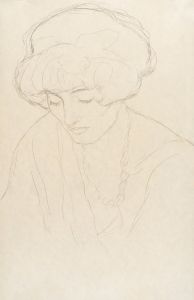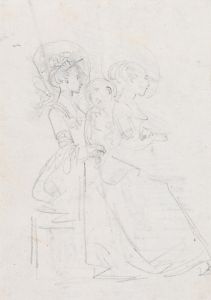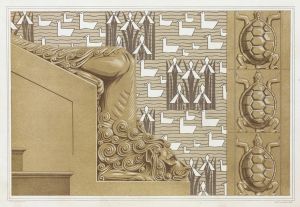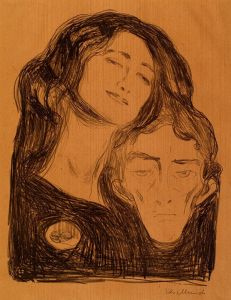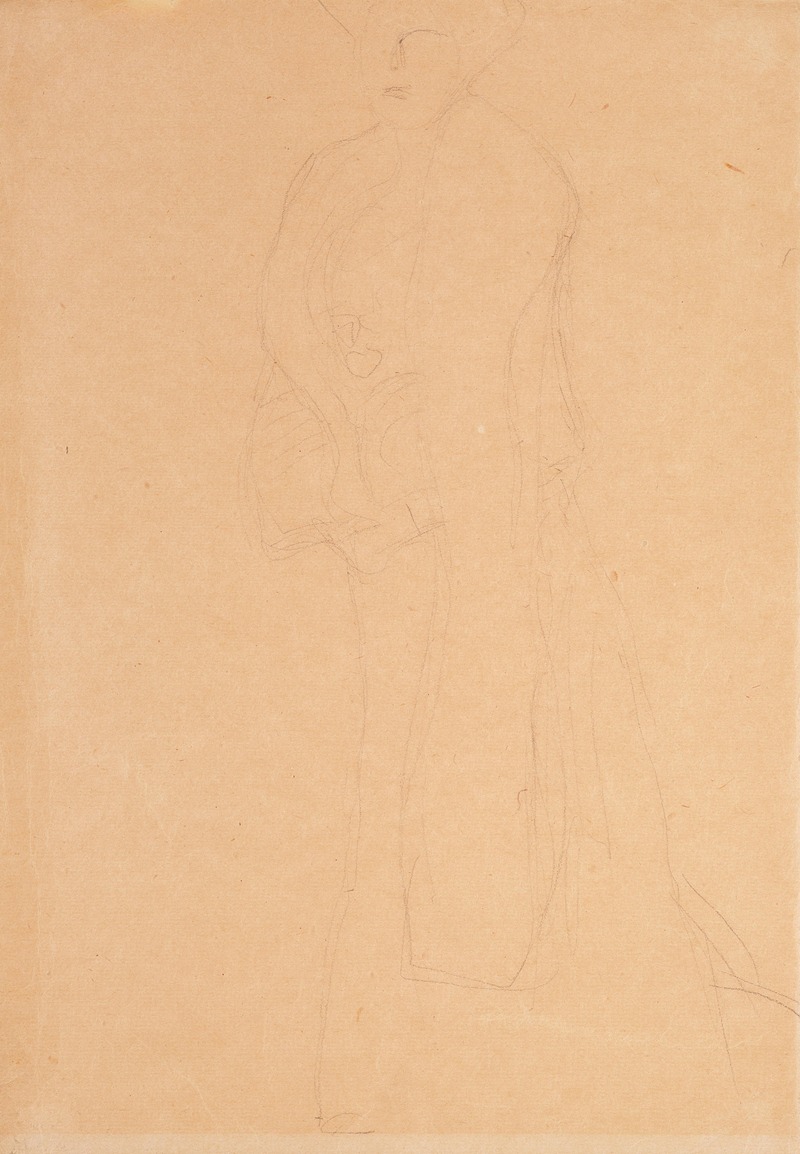
Standing figure to the left, the boa overlaps the left forearm
A hand-painted replica of Gustav Klimt’s masterpiece Standing figure to the left, the boa overlaps the left forearm, meticulously crafted by professional artists to capture the true essence of the original. Each piece is created with museum-quality canvas and rare mineral pigments, carefully painted by experienced artists with delicate brushstrokes and rich, layered colors to perfectly recreate the texture of the original artwork. Unlike machine-printed reproductions, this hand-painted version brings the painting to life, infused with the artist’s emotions and skill in every stroke. Whether for personal collection or home decoration, it instantly elevates the artistic atmosphere of any space.
"Standing figure to the left, the boa overlaps the left forearm" is a drawing by the renowned Austrian symbolist painter Gustav Klimt. Klimt, born on July 14, 1862, in Baumgarten, near Vienna, is best known for his paintings, murals, sketches, and other objets d'art. His primary subject was the female body, and his works are marked by a frank eroticism.
This particular drawing is part of Klimt's extensive oeuvre of sketches and studies, which he often used as preparatory works for his larger paintings. Klimt's drawings are celebrated for their fluid lines, expressive forms, and the intimate portrayal of his subjects. They provide insight into his creative process and his fascination with the human figure.
"Standing figure to the left, the boa overlaps the left forearm" depicts a female figure standing with a boa draped over her left forearm. The drawing showcases Klimt's characteristic style, with delicate, sinuous lines that capture the grace and elegance of the figure. The boa, a common accessory in Klimt's works, adds a touch of opulence and sensuality to the composition.
Klimt's use of the boa in this drawing is significant, as it reflects his interest in fashion and the decorative arts. The boa not only serves as a visual element but also enhances the overall composition by creating a sense of movement and texture. The way it overlaps the forearm suggests a casual, yet deliberate, placement, highlighting Klimt's attention to detail and his ability to convey a sense of realism within his stylized approach.
The drawing is executed in pencil, a medium that Klimt frequently employed for his studies. Pencil allowed him to achieve a high level of precision and subtlety, which is evident in the fine lines and delicate shading of this work. The simplicity of the medium contrasts with the complexity of the figure's pose and the intricate detailing of the boa, demonstrating Klimt's mastery of his craft.
Klimt's drawings, including "Standing figure to the left, the boa overlaps the left forearm," were often created as part of his exploration of themes related to femininity, beauty, and sensuality. These themes are central to much of his work, and his drawings provide a more intimate glimpse into his artistic vision compared to his more elaborate paintings.
The drawing is part of a larger body of work that has been studied and admired for its contribution to the development of modern art. Klimt's influence extends beyond his lifetime, as his innovative approach to form, composition, and subject matter has inspired countless artists and continues to be celebrated in art history.
In summary, "Standing figure to the left, the boa overlaps the left forearm" is a testament to Gustav Klimt's skill as a draftsman and his enduring fascination with the human figure. The drawing exemplifies his ability to blend realism with stylization, creating works that are both visually captivating and rich in meaning.





